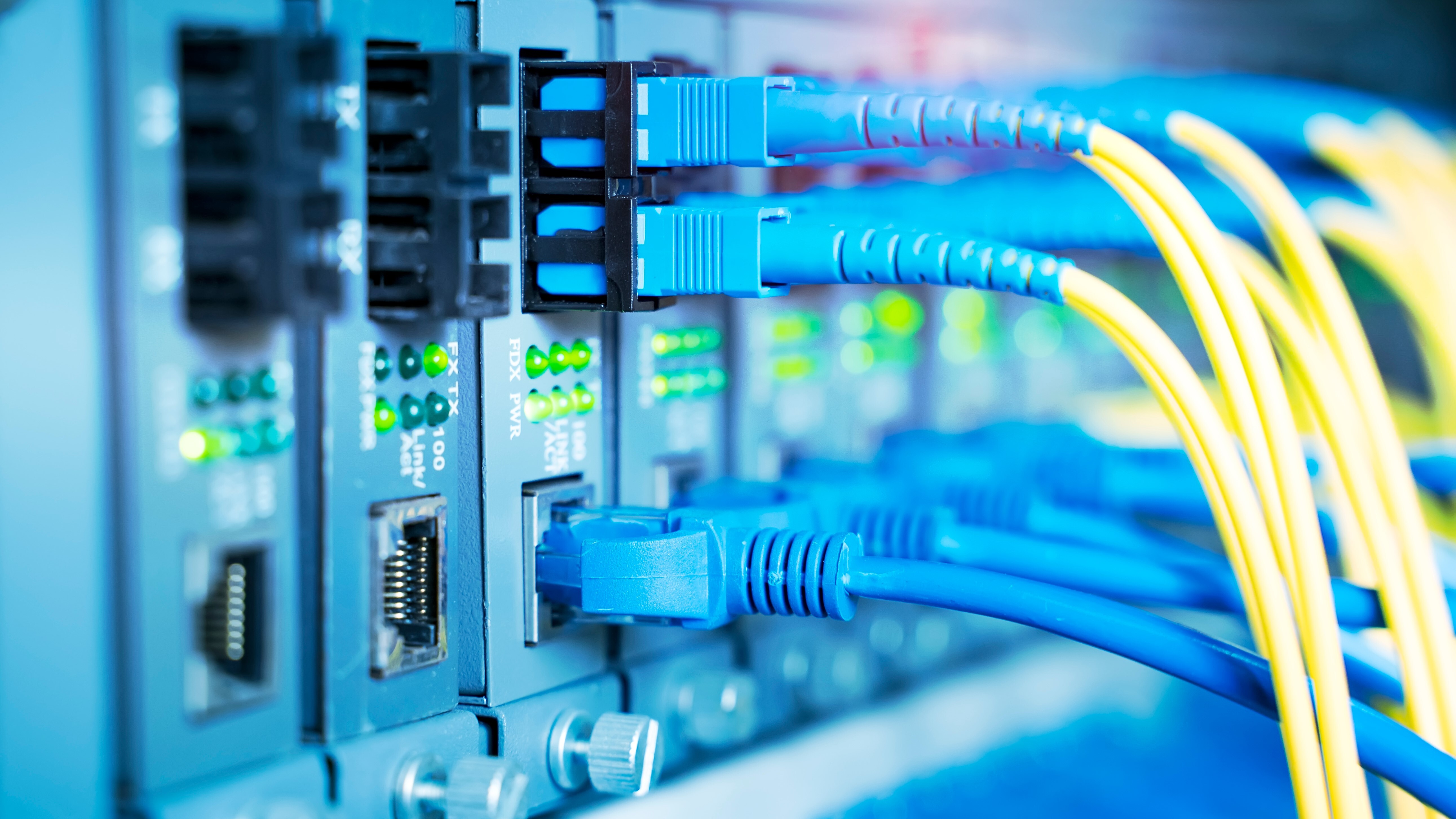
Japan's National Institute of Information and Communications Technology, in association with other institutes, set a 402 Tb/s data transfer record over commercially available optical fiber cables. A paper detailing this achievement was presented at the Optical Fiber Communication Conference 2024, held in San Diego. The paper also credits the Aston Institute of Photonic Technologies and Nokia Bell Labs for contributing to this feat.
The NICT and its partners were able to transmit signals through 1,505 channels over 50 km (about 31 miles) of optic fiber cable for this experiment. It used six types of amplifiers and an optical gain equalizer that taps into the unused 37 THz bandwidth to enable the 402 Tb/s transfer speed. One of the amplifiers this was demonstrated with is a thulium-based doped fiber amplifier, which uses C-band or C+L band systems. Additionally, semiconductor optical amplifiers and Raman amplifiers were used, which achieved 256 Tb/s data rate through almost 20 THz. Other amplifiers were also used for this exercise which provided a cumulative bandwidth of 25 THz for up to 119 Tb/s data rate.
As a result, its maximum achievable result surpassed the previous data rate capacity by over 25 percent and increased transmission bandwidth by 35 percent. This is achievable with currently available technology used by internet service providers. While it shows the untapped potential of current technology, the findings indicate a potentially longer lifespan of current technology but also the comfort of expanding fiber optic deployment with new generational optical cables and systems.

This demonstration also shows that the currently used wavelength division multiplexed technology (WMD) can cover all major transmissions and provide these speeds using unexplored bands.
While researchers regularly break world records to achieve the highest possible data speed over optic fiber, new types of cables that use multiple optic fibers and new hardware are required. Having such major upgrades deployed will be an unfeasible option for many nationwide providers, let alone for regional and local service providers who are yet to move away from copper-based cables. Using multi-fiber cables also would lead to thicker cables and higher manufacturing costs.
With "beyond 5G" potential speeds achievable through commercially available cables, it will likely further a new generation of internet services. Research conducted by organizations like NICT will continue developing new amplifying methods and components while researching new wideband and its compatibility with currently deployed infrastructure.







